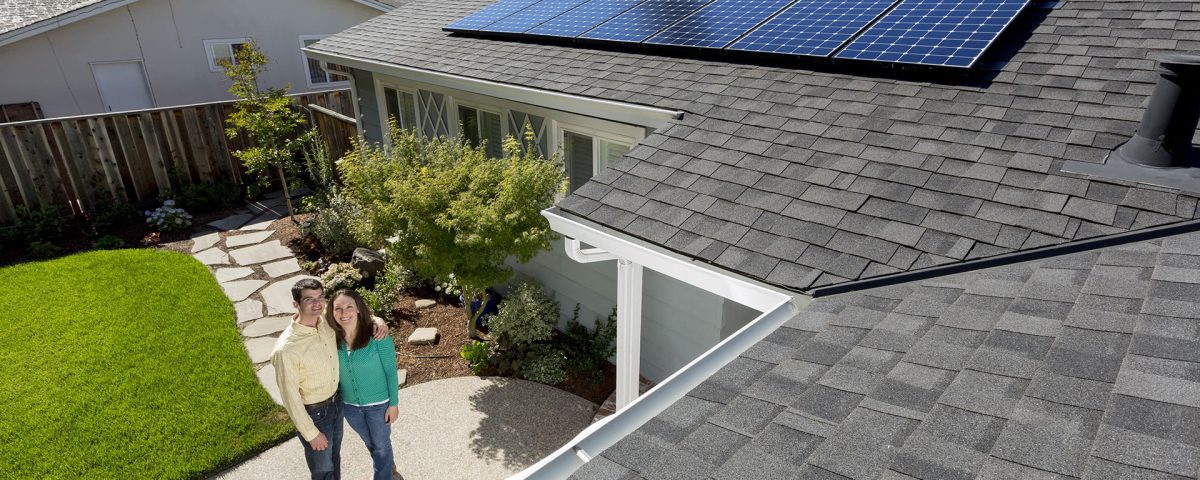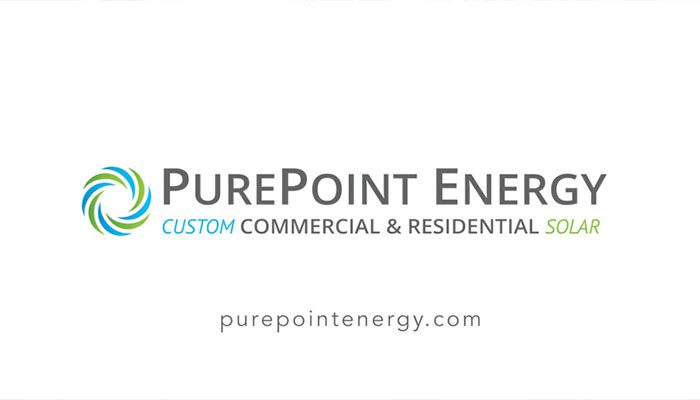
What are ZRECs?
July 20, 2020
4 Ways to Protect Your Solar Panels From Environmental Damage
November 4, 2020
What are ZRECs?
July 20, 2020
4 Ways to Protect Your Solar Panels From Environmental Damage
November 4, 2020If you’re comparing proposals for a solar PV installation, there are three main areas that you’ll want to evaluate as you weigh your options.
Company Experience and Qualifications
As you review proposals, you’ll want to do due diligence on the companies. How long have they been in business? Are they insured? Are they licensed? What certifications do they hold?For licensing, in Connecticut there is a “Solar Electric Contractor” (PV-1) license that is specifically for those who install PV or wind systems. However, if this is the only license the company holds, they will need a separate contractor holding an “Unlimited Electrical” (E-1) license to connect the PV system to the existing electrical system or utility meter.
For certifications, NABCEP (North American Board of Certified Energy Professionals) is widely regarded as the leading certifying organization of solar installers. Most installers will hold one or more of the dozen or so certifications awarded by NABCEP. NACEP offers certifications in areas ranging from sales to design to installation, so you’ll want to ask which ones the installer holds.
While these certifications and licenses do require the holders to have experience, it doesn’t mean that the crew that works on your project will. Ask what training and experience the people involved in your project will have. Will these be employees of the installation company or subcontractors? If the installer is using subcontractors, does the installer’s insurance cover their work or does the subcontractor hold their own insurance?
And, of course, check out reviews. In addition to the usual spots to check like Yelp, Facebook, and Google, there are also solar-specific sites like Solar Reviews that have reviews.
PV Panel Quality and Production
As you compare proposals, confirm that they are for systems of comparable sizes and production.Also, evaluate the warranties for the equipment. The warranties to compare are:
- Solar panel product warranty. 10 years is the industry standard, but leading brands like SunPower offer a complete 25-year warranty.
- Solar panel production. This is the manufacturer’s guarantee on the output of the panels after 25 years. 80% is standard, but leading brands like SunPower offer up to 92% after 25 years.
- Inverter – Inverters typically have warranties ranging from 10 – 25 years. For inverters with 10-year warranties, those can often be extended for an additional price up to 25 years.
- Mounting rack – Typically warranties range from 20-25 years
- Monitoring – These warranties range from 1 to 10 years. Sometimes there are additional subscription costs, so be sure to understand what that may entail.
- Installer. Some installers offer their own craftsmanship warranty.
One thing to keep in mind is the likelihood that the manufacturer will still be around if you need to make a warranty claim. Major brands with long track records are the most likely to still be in business in the future if you need them.
Solar Savings, Incentives, and ROI
Connecticut is fortunate to have some good incentives that, when coupled with the federal tax credit, lead to PV systems being cash positive sooner than in some other states.
For installations in Eversource or United Illuminating service territory, there are ZRECs that some commercial projects will qualify for and provide an additional revenue stream. For homeowners, the Connecticut Green Bank runs the Solar Investment Program (RSIP) which offers an incentive per installed watt. It’s paid to directly to the contractor, reducing the upfront cash expenditure. 1-4 family owner-occupied properties are eligible.
To sweeten things even more, Connecticut charges no sales tax on solar panels. And if a home’s assessed value rises due to the installation of solar panels, no property taxes will be owed on the amount of the increase.
Most installers will be very familiar with the different tax breaks and incentives available in your area, as well as any additional factors, like depreciation, that may apply to your specific building type. A well-structured proposal will include a breakdown of these, including when you can expect to benefit from them. Some incentives will be applicable at the time of the installation and others will have a waiting period before you can fully realize their benefit. Most proposals will also include the expected payback period and return on investment (ROI), as well as monthly expected savings based on your energy use and the seasonal production capacity of the panels.
To help get your project across the finish line, many installers will offer financing options. If they don’t, Connecticut homeowners can take advantage of the Smart-E Loan, which is for solar and other energy efficiency improvements in owner-occupied 1 to 4 unit properties.


